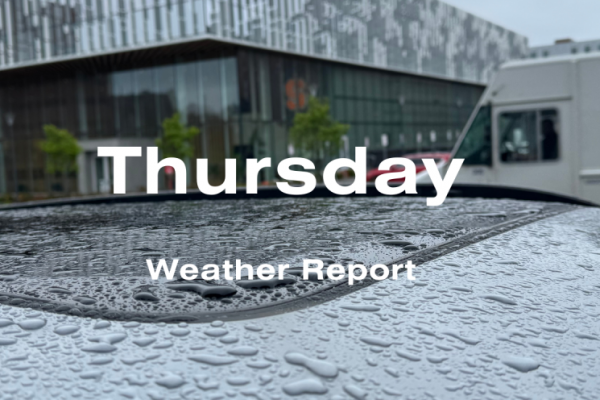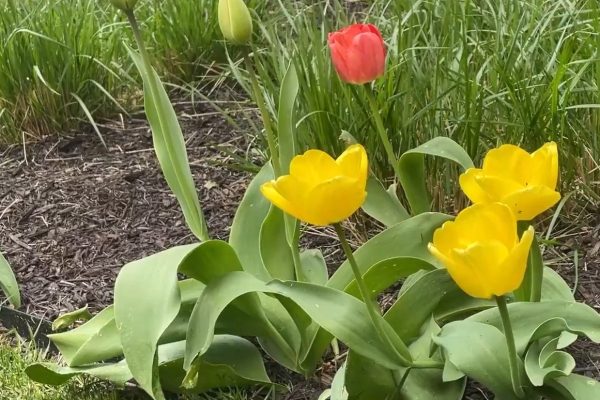SYRACUSE, N.Y. (NCC News) — Vanessa Lee has struggled all her life with her Hmong identity, but she is now finding ways to reconnect with her culture. One of the main factors that contributed to this was her childhood as she grew up in a pre-dominantly white neighborhood in Syracuse.
“A part of my identity definitely feels lost,” Vanessa said.
The Hmong people and their history is one that has been largely hidden. What brought the Hmong people to the United States as refugees is tied to a U.S. involved war that many don’t know about.
Lee Pao Xiong, a Professor of Hmong Studies at Concordia University, St. Paul, said that the Hmong are originally one of the indigenous groups of China. They began to migrate south around the 1800s due to the oppression by imperial China, and became an ethnic minority in Southeast Asia. In 1961, the CIA secretly entered Laos to prevent the spread of communism, and so the Secret War began. The CIA recruited the Hmong to fight with them against the communist.
“The President, the CIA, and Ambassador of the State Department knew about the war and very few people in Congress knew about the war,” said Xiong. “They didn’t know much about it until 1972 when a reporter wrote a story about America bombing the country of Laos and bombing Cambodia.”
After Congress found out about the war, they stopped the funding and ended the Secret War. As the CIA pulled out, Xiong said the Hmong were left behind and targeted as the communists took over.
“During the war, 30,000 or so Hmong were captured, killed, or missing,” Xiong said. “And after the war its estimated over 50,000 people died trying to escape the country of Laos into Thailand as refugees.”
As the Hmong people fled for refuge in Thailand, they had to cross the Mekong River that was between the two countries. Many people died during this last chance for survival. My own family, along with Vanessa’s, were among those who survived and were placed in the U.S. Xiong said Minnesota is home to the largest Hmong urban population in America today, but Vanessa’s mother, May Lee, said the case for Syracuse is very different.
“Probably less than 20 families… so now its just the Lees and the Vangs, that’s it, the two clans,” May said. “Its really hard to keep a tradition when you don’t have that stuff going on you know.”
It’s hard to keep the culture alive without a community around, as is the case for the Lee family. Xiong said that the Hmong people are a collective, close-knit community that sticks together. But even with a scarce Hmong community in Syracuse, the Lee family still find small ways to hold onto their culture. May has a number of Hmong story cloths, or “Paj Ntaub”, hung up around the house. These story cloths tell the story of the Hmong people. Some tell the story of their journey through the war, while some depict the daily lives of Hmong people back in Laos.
While May holds onto the story cloths, Vanessa plans to learn the Hmong language.
“The language is the most important piece because if you lose the language, you lose the culture, you lose the culture, you lose the history, you lose the history, you lose your identity,” Xiong said.
Through learning the Hmong language, Vanessa hopes to continue the legacy of her ancestors and strengthen her Hmong identity.




